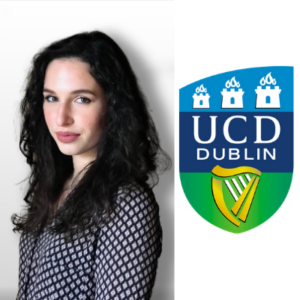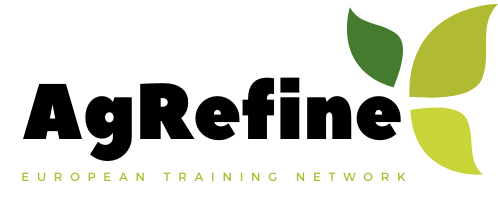
Downstream contaminant removal purification process.
The quality and value of lactic acids (LA) produced by AgRefine’s Three Phase Bioreactor (TPB) are inversely proportional to the number of contaminants present within the input substrates used (grass-silage). Regardless of the quality of the input substrate, several organic acid contaminants will exist in all lactic acids produced. To this end, the successful candidate will create genetically engineered microorganisms that will remove these contaminants, resulting in increased LA purity and thus increased product value. Building upon a large E. coli knockout catalogue, which has been created to facilitate the production of UCD’s various organic acid specific biosensors, genetically engineered E. coli strains will be assessed, for their ability act as butyric-, acetic-, propionic- and valeric-acid contaminant removers.
Initially based in UCD under the supervision of Prof. McDonnell with input from Prof. C Murphy, Dr. Sweeney and Mr. Mandl the candidate will:
- Be trained on biosensor creation and operation techniques,
- Apply a suite of genetic engineering techniques to create a butyric acid degradation E. coli isolate,
- Screen for additional microorganisms that may be more suited to the contaminant removal process (where if successful genetic engineering will be applied),
- Collaborate with CERTH to deploy the contaminant removal microorganisms to their proposed membrane bioreactor (MBR).
I’m Anna Visentin and I’m from Italy. I’m working on a downstream contaminant removal purification process in order to obtain increased lactic acid purity within a three-phase bioreactor at University College Dublin, Ireland.
My background is in biotechnology. I got my Bachelor’s degree in Biotechnology and my Master’s Degree in Industrial Biotechnology at the University of Padua, in Italy.
I did a 6 months internship with an Erasmus program at the institute of physical and chemical biology in Paris, focusing in genetically engineering two photosynthetic microrganisms the green microalga Chlamydomonas reinhardtii the cyanobacterium Synechocystis, but I’ve handled also Escherichia coli, in order to overexpress membrane proteins.
I have always been fascinated by genetic, metabolic and protein engineering, the industrial applications of transgenic microrganisms, synthetic biology, but also by the way different bioreactors work and the variety of practical problems that can be solved with biotechnological solutions. I think that biobased products and bioeconomy can be a little step forward to solve environmental issues and a possible solution for sustainable industrial production.
I’m a curious and go-getter person. Besides my scientific interests, I love playing volleyball, hiking and climbing in the mountains and go to the sea and dive. Also, I love animals and nature.
I applied for AgRefine project because it immediately struck me as its research interests are an excellent match for my academic background and it perfectly meets my interests and my ideals. I’m excited to be working on biorefinery and waste to energy technologies and to join a multidisciplinary and international team.
My favourite quote: Nothing in life is to be feared, it is only to be understood. Now is the time to understand more, so that we may fear less. Marie Curie
My favourite place in the world: Lake Calaita in the Dolomites during all seasons of the year.
